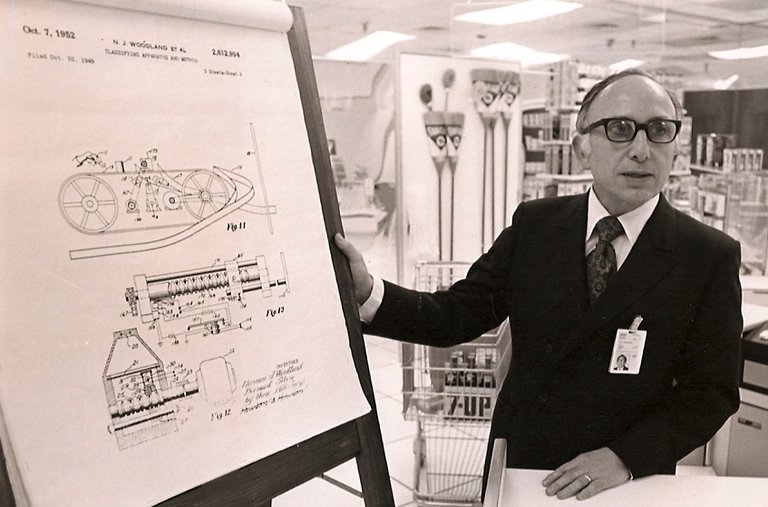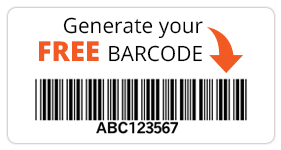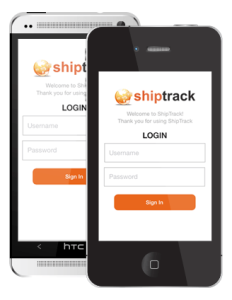
How Barcodes and Barcode Labels Have Revolutionized the Business World
The barcode has spent several years revolutionizing the ways in which companies today do business. No other item has enabled the seamless interaction of products around the world quite like they have. Yet these ubiquitous symbols don’t seem to get the same attention or credit as say, the newest iPhone or operating system. You may think that this comparison is dramatic, but barcodes and barcode labels are making waves in the same way.
Think about it this way: before the barcode came to be, data had to be hand-keyed. Then inventory and assets were subject to manual counts and indvidual tracking. Simply put, life would not be the same without them.
Patented 1952
The first barcode, though it looked much different than the barcode labels we know today, was patented in 1952. Years prior, Bernard Silver and Norman Joseph Woodland began their research after overhearing a conversation at the Drexel Institute of Technology in Philadelphia. They were both graduate students. The President of a local food chain was asking their Dean to develop a system that would automatically detect, and help him collect, product information during check-out.
After a few attempts and many years of research, the men were had a patent on October 7, 1952. At the time, their product was a “classifying apparatus and method”. The function they describe as “article classification through the medium of identifying patterns.” The “apparatus” itself was made up of a pattern of four lines. The last three of these lines were fixed in relation to the first, and any product information was coded according to the presence or absence of one of more of these three lines.
Commercialized in 1966
In 1966, the barcode was commercialized as a system to speed check-out processes for the National Association of Food Chains (NAFC). It wasn’t long before they recognized that the industry would have to develop a standard coding scheme. This was to be adopted by all companies supplying food to these food chains. At the time, barcode labels were not included on product packaging as they are today. They were instead printed and adhered to items by the employees.
UPC Coding Scheme
In 1969, the standard coding scheme was developed by George Laurer, who worked at IBM alongside Norman Joseph Woodland. This coding scheme was the UPC symbol set still in use today, and very much a continuation of the work that Woodland and Silver began several years before. The first product ever to be scanned by a UPC scanner was a 10 pack of Wrigley’s Juicy Fruit gum.
Throughout the following years, the barcode was subject to adoption for many other uses. These included the labeling and scanning of railroad cars. Eventually the United States Department of Defense even began to use the system for all products sold to the US military. Today, barcodes and barcode labels are in almost every industry, from healthcare to manufacturing and transportation.



